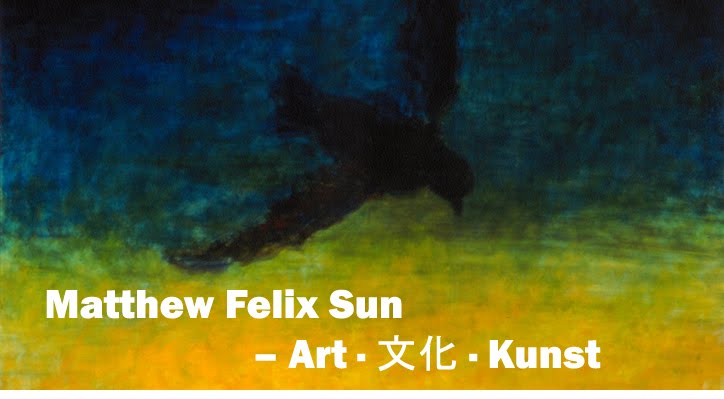Opera, as an art genre, often boasts being the form has it all - music, drama, costume, scenery, and dance, etc. However, an over-produced, stuffy production can suffocate drama and music, the essence of operas.
Sometimes, symphonic orchestras would stage operas with reduced scenery, costume and staging, due to the constraint nature of the symphonic halls and often, such particular constraints could force the singers to rely on their body languages, facial expressions, and above all, their voices to convey meanings, and force the viewer/listener to concentrate on music instead of scenery. I had the good fortune of attended several semi-staged opera productions and one concert performance (without any scenery, prop or costume appropriate to the characters) - Wagner's Der fliegende Holländer (The Flying Dutchman), Stravinsky's Oedipus Rex, The Nightingale, Beethoven's Fidelio, and Zemlinsky's Eine florentinische Tragödie (A Florentine Tragedy), presented by the SFS and nearly all of them left an indelible impressions on me.
All of them except for Zemlinsky opera (in concert form), were staged with great economy and intensity and the confinement of the smaller stage often heightened the drama. It helped to have great conductors on podium - all those performances were conducted by SFS's music director Michael Tilson Thomas, with the exception of the Florentine Tragodie, which was conducted by another wonderful conductor James Conlon, current music director at Los Angeles Opera. It also helped that the orchestra was first rate one. I was equally grateful for the concert performance of Eine florentinische Tragödie, simply because it is so rarely performed and a chance to hear it alive was something to be happy about. Without the proper costume, the singers still were able to interact and created credible human drama and dramatic situations. The tiny unsatisfactory memory was from Fidelio, where awkward narratives replaced the original spoken dialogues, and this marred the otherwise excellent music performance.
All said, I do enjoy marvelous productions which fully take advantage of opera house stage machinery, when done for dramatic purposes, and do not compete with or overwhelm music and drama. I have enjoyed many wonderful productions at San Francisco Opera (SFO), where the stage is more equipped to present technically challenging productions, such as The Cunning Little Vixen, Eugene Onegin, Billy Budd, Così fan tutte, Werther, Tannhäuser, Il Barbiere di Siviglia (The Barber of Serville), and Věc Makropulos (The Makropulos Case).
Of course, the operas themselves had to be good. Sometimes, an hyper-produced production was really a desperate attempt to salvage a hopelessly inert and lackluster work, or even a musically satisfying but dramatically static ones.
Speaking of operas with some dramatically weakness, I realized that I have forgotten that I did see one more concert opera at SFS, A Flowering Tree by John Adams, conducted by the composer himself. The opera had gorgeous music but the story was narrated by a storyteller, told instead of shown, which somewhat took the wind out of the dramatic sail.
Therefore, an excellent all-around work must be the foundation of a great night at theater, and Duke Bluebeard’s Castle is a true 20th century masterpiece and I must thank SFS for its adventurous operative effort.

San Francisco Opera House and the Symphony Hall





No comments:
Post a Comment